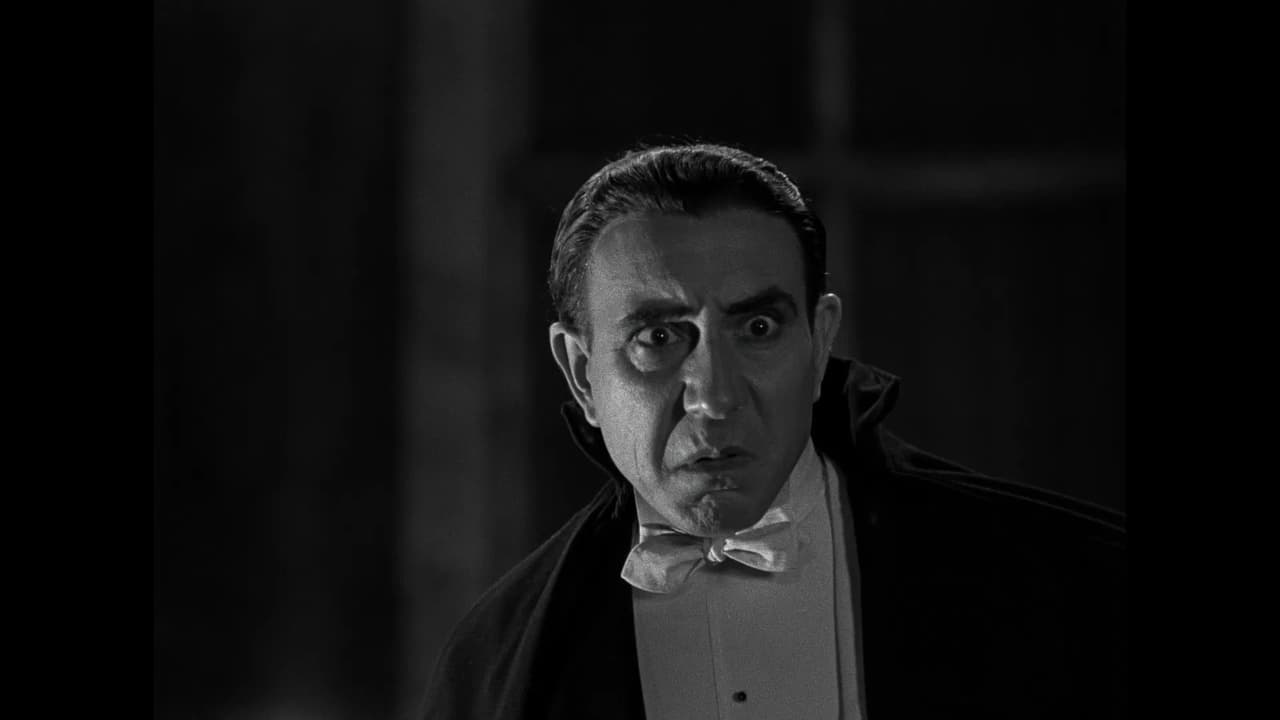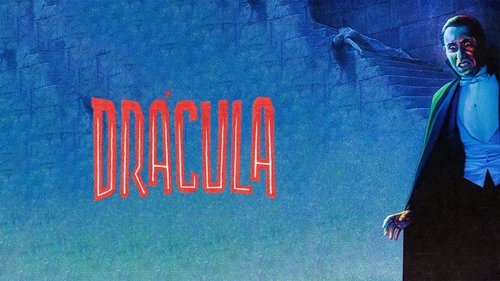


Truly Dreadful Film
... View MoreAbsolutely Fantastic
... View Moreit is the rare 'crazy' movie that actually has something to say.
... View MoreThere's a more than satisfactory amount of boom-boom in the movie's trim running time.
... View MoreCopyright 1931 by Universal Pictures Corporation. Madrid premiere: 20 March 1931. Mexico City opening: 4 April 1931. General release in Spain: 28 May 1931. 104 minutes. COMMENT: Lupita Tovar comments in her introduction to Universal's DVD release that everyone involved in this movie didn't just want to make a Spanish-language version of Dracula, they wanted to make a better version. Believe it or not, in this aim they have admirably succeeded. Although filmed on exactly the same sets, this film runs a whole half-hour longer. Some scenes are actually shorter (the shipboard sequence) and one or two have been eliminated (the flower seller), but most run for greater length with absolutely no loss of tension at all. Instead they all generate a powerful increase in audience suspense and involvement. This is due to the combined efforts of imaginative scripting (what a masterstroke are the creaking doors in Dracula's castle!), engrossing acting (I thought Villarias far more menacing than the stagy Lugosi who is forced to rely on artificial devices like make-up and lighting to supplement his appropriately oily voice), stylish direction (Browning's compositions often seem amateurish by comparison) and superlatively noirish photography which strikes exactly the right balance between moody atmospherics and the audience's need to see what's going on (I found Freund's photography often a bit too dark-at least in the current DVD release). So far as the other players are concerned, I thought the lovely Lupita Tovar an equal match for Helen Chandler, that Arozamena filled Van Sloan's shoes more than adequately, and that the rest of the players led by Pablo Alvarez Rubio (as the demented Renfield) and Barry Norton (as our heroine's fiancé) were far and away superior to their counterparts in the Browning version. AVAILABLE on DVD through Universal. Quality rating: Ten out of ten.
... View MoreWhilst Universal films toiled during the days, Director George Melford and his team of Spanish film-makers worked through the nights using the same sets and adapting their own version of the story via the 1924 stage version.It is irresistible to compare this version with the Bela Lugosi-headed version, but I'll also try to review this film in its own right. Spanish Dracula is played by Carlos Villarias, the only member of the crew allowed to see the rushes of the Universal rushes so he could imitate Lugosi's mannerisms. This might do Villarias a disservice – there could only ever be one Lugosi performance, which is a very singular, much-copied affair that caused such a sensation that he was cursed (or blessed) to play horror characters for most of his career. Villarias could be seen as a tribute act – lots of grimacing and lizard-like movements, but little of the presence. He succeeds over Lugosi during the second half, where The Count is required to mingle with high society. Whereas Lugosi's mannerisms were so extreme, the polite responses around him were rendered ridiculous, the Spanish Conde makes some effort to ingratiate himself with the company. Villarias should not be criticised for not being Lugosi in my view, and he is perfectly fine in the role.Pablo Alvarez Rubio's Renfield is possibly more manic than was Dwight Frye's (but lacks the subtle fragility), and it is reassuring to know that Renfield's warden, Martin (Manuel Arbó), behaves just as inappropriately as his 'cockney' counterpart. Of course, it is difficult to appreciate the performances fully as I cannot speak Spanish, but it seems also that Eduardo Arozamena as Van Helsing, whilst authoritative, is not as stuffy as Edward Van Sloan's fastidious version. Kudos to Barry Norton for at least turning up to play the unrewarding and forgettable role of Juan Harker.The biggest contrast might well be the character of the main female victim. Helen Chandler's character Mina is a fragile, delicate creature – Lupita Tovar's Eva is more full-blooded, more sensual. Both versions of this character are excellent to my mind (Tovar died in 2016 aged 106).Whereas Melford's version doesn't quite measure up to the saturation levels of spooky atmosphere the American version displayed, it enjoys a far more watchable second half. The Direction is more assured, more filmic and less like a stage play. Villarias' first meeting with Renfield, after several lingering distant shots earlier on, is quite spectacular. The camera leaps from Renfield's viewpoint and rapidly tracks up the huge staircase to find El Conde perched and waiting, just in front of an equally impressive spider's web. The Castle remains a tremendous set, and is explored beautifully by Melford's camera, its huge scale revealed by some terrific camera angles. Even Dracula's rising from the coffin is handled imaginatively: always an awkward moment (we never see Dracula's undignified stepping out), here he merely rises from behind the open casket, framed by billowing smoke (clearly standing behind the coffin, not in it), as the lid slowly closes. Also, the welcome inclusion of the 'woman in white' is brief, but chilling.Is this 'better' than Tod Browning's version? Who cares? It is stagey, talky and brilliant. That's all the matters.
... View MoreI have to agree with those who feel that the facial expressions of Carlos Villarias got in the way of his performance - he looks as though he was mugging for the camera, rather than trying to portray the story at hand. Too funny for words are some of his reactions, they look like they belong in another film. Many of the other actors were, IMHO, lethargic copies of the Americans, except for the actor playing Renfield, Pablo Alvarez Rubio, whose animated performance steals the whole show.The camera work is just as static as in the Lugosi version, only occasionally do we see a more fluid shot than in the American version. The story is fleshed out a bit more, explaining a few things that the English version glosses over. But superior to the Lugosi version? Not on your Nelly!!
... View MoreI can in no way believe that there are critics out there that found this superior to the English language version. Although it's 30 minutes longer, the Spanish Dracula added no new story; just stretched out some of the scenes in the English Dracula, with characters explaining things that needed no explanation. Browning's English Dracula was leaner; the Spanish version was at times, a bit on the dull side.My biggest complaint, however, was that the acting was REALLY over-the-top. Seriously, I thought Lugosi and company were a bit hammy, but the cast of the Spanish version was laughable (especially the count himself!). Really, Bela was spooky; this count was cheezy.My 4/10 is not in relation to the Browning version. I'm rating it as a film independent of it's English cousin. Because it was slightly dull & overacted, I can't really seriously recommend seeing it. (The Browning/Lugosi version would get an 8/10.)
... View More